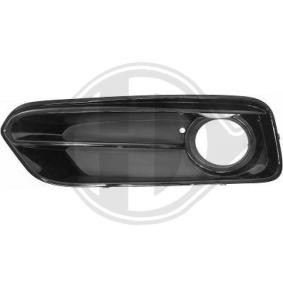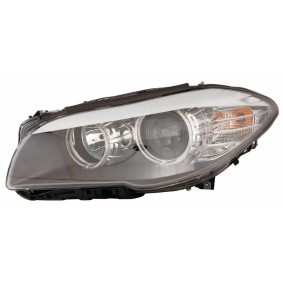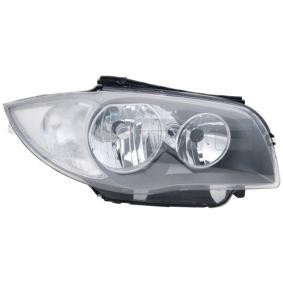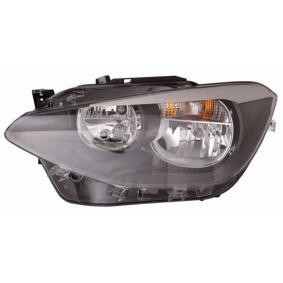Description
In a BMW engine, electrical components play a crucial role in various aspects of its operation and functionality. Here’s a breakdown of some key areas where you’ll find electrics involved:
1. Engine Management:
- Engine Control Unit (ECU): Also known as the “DME” (Digital Motor Electronics) in BMWs, the ECU is the brain of the engine. It receives information from various sensors (e.g., air intake, throttle position) and controls various actuators (e.g., spark plugs, fuel injectors) to optimize engine performance, emissions, and fuel efficiency.
- Sensors: These are electronic devices that monitor various engine parameters like temperature, pressure, and airflow. They send this information to the ECU, which uses it to adjust engine operation.
- Actuators: These are electrically controlled components that physically affect engine operation based on signals from the ECU. Examples include spark plugs, fuel injectors, and variable valve timing (VVT) solenoids.
2. Ignition System:
- Spark plugs: These are essential for igniting the air-fuel mixture in the engine cylinders. The ECU controls the timing and spark delivery through the ignition coil.
- Ignition coil: This high-voltage transformer converts the battery’s 12 volts into the thousands of volts needed to create the spark at the spark plugs.
3. Power Supply and Management:
- Battery: Provides the electrical power for starting the engine and powering various electronic components.
- Alternator: This component generates electricity while the engine is running and charges the battery. It also helps to power electrical systems when the engine is not running.
- Voltage regulator: This controls the output voltage of the alternator to ensure proper battery charging and prevent damage to electrical components.
4. Additional Electrical Systems:
- Starter motor: This powerful electric motor engages the flywheel to start the engine.
- Fuel pump: This electric pump delivers fuel from the tank to the engine at the required pressure.
- Cooling fan: Often electrically powered, it helps to maintain engine temperature by drawing air through the radiator.
Besides these core areas, numerous other sensors, actuators, and control modules utilize electricity in modern BMW engines. These components work together in a complex network to ensure smooth, efficient, and reliable engine operation.






Reviews
There are no reviews yet.